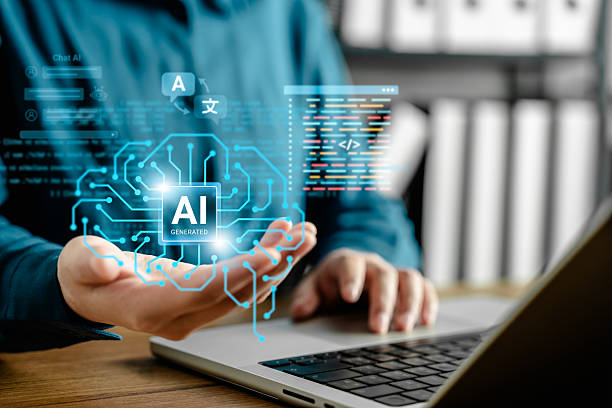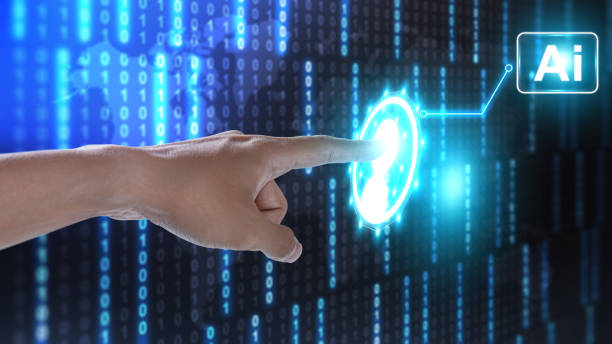What is an Artificial Intelligence Robot and How Does It Work?
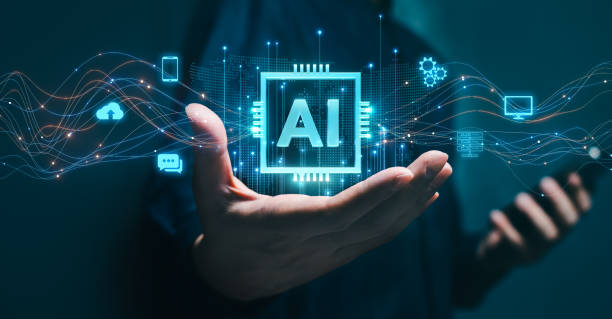
#Artificial Intelligence Robot is a combination of two fields: #robotics and #artificial intelligence.
In other words, these devices are robots that, using artificial intelligence algorithms, are capable of performing tasks that typically require human intelligence.
These tasks can include learning, problem-solving, decision-making, pattern recognition, and natural language processing.
An AI robot receives data through its sensors, processes it, and uses machine learning models to identify patterns and make decisions based on them.
This process enables the robot to operate in various environments and perform its tasks independently.
Generally, an AI robot consists of three main parts: sensors for receiving information from the environment, a processor for analyzing data and making decisions, and actuators for executing decisions.
These three parts work together to enable an AI robot to act intelligently.
For more information about artificial intelligence, you can refer to [Wikipedia Artificial Intelligence](https://fa.wikipedia.org/wiki/%D9%87%D9%88%D8%B4_%D9%85%D8%B5%D9%86%D9%88%D8%B9%DB%8C).
Is your online store ready to attract maximum customers and increase sales? Rasaweb transforms your online business with modern and efficient online store designs.
✅ Increased speed and improved SEO
✅ Excellent user experience on mobile and desktop⚡ Get a free online store design consultation from Rasaweb!
Types of AI Robots Based on Application
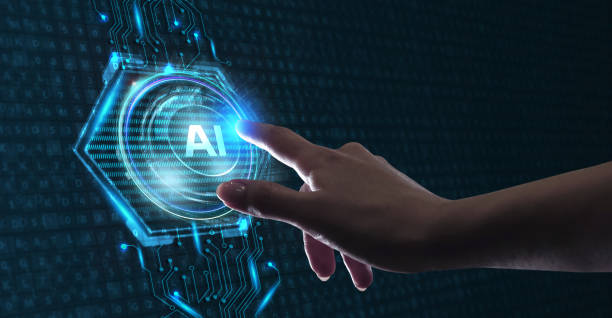
AI robots are divided into various categories based on their different applications.
One of these categories is industrial robots, which are used in factory production lines to perform repetitive and precise tasks.
These robots can help increase production speed and accuracy.
Another category of robots is service robots, which are used in various fields such as healthcare, education, and customer service.
For example, nurse robots can help care for patients, or educational robots can help students learn different concepts.
In addition, there are military robots that are used in dangerous and difficult operations.
These robots can help gather information, defuse bombs, and even engage directly with the enemy.
Space robots are another category of these robots, used for space exploration and data collection from other planets and moons.
These robots can help perform important space missions in harsh and unbearable conditions for humans.
The [Iranian Space Agency](https://www.isa.ir/) also has activities in this field.
Advantages and Disadvantages of Using AI Robots
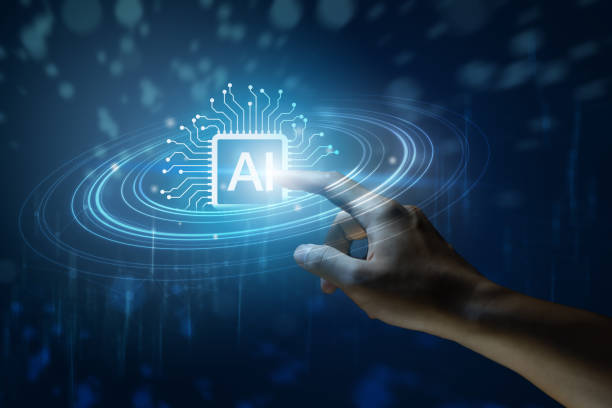
The use of AI robots has several advantages and disadvantages.
The advantages include increased productivity, reduced costs, and improved accuracy in performing tasks.
Robots can work around the clock without fatigue, which leads to increased production and reduced project completion time.
Also, robots can perform tasks that are dangerous or difficult for humans.
For example, robots can work in polluted or high-temperature environments.
On the other hand, the use of AI robots also has disadvantages.
One of the most important disadvantages is the high cost of purchasing and maintaining robots.
In addition, robots require programming and training, and in case of problems, they require specialized repair and maintenance.
Also, the widespread use of robots can lead to job losses and increased unemployment.
Therefore, the use of AI robots should be done with careful planning to benefit from their advantages and avoid their disadvantages.
| Advantages | Disadvantages |
|---|---|
| Increased productivity | High cost |
| Reduced costs | Need for programming and training |
| Improved accuracy | Potential job losses |
Current Applications of AI Robots in Iran
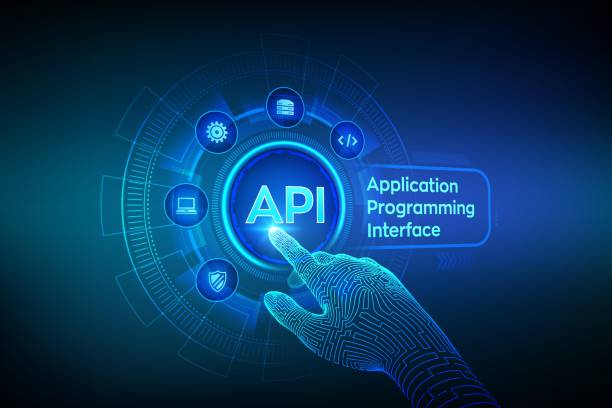
In Iran, the applications of AI robots are gradually expanding.
In industry, industrial robots have been used in the production lines of some factories to improve the production process and reduce costs.
In healthcare, some hospitals and medical centers use nurse robots and surgical assistants to help care for patients and perform surgeries.
Also, in education, some schools and universities use educational robots to help students learn different concepts.
In addition, in customer service, some companies and organizations use chatbots and responsive robots to provide services to customers.
These robots can answer frequently asked questions, provide required information, and solve simple problems.
In agriculture, the use of AI robots is also being considered.
Robots can help collect data from farms, intelligent irrigation, and harvest crops.
The development of AI robot applications in Iran requires investment in research and development, training of specialized human resources, and the creation of appropriate infrastructure.
Are you tired of losing business opportunities due to not having a professional corporate website?
Rasaweb helps you with professional corporate website design to:
✅ Create a powerful and reliable image of your brand
✅ Turn website visitors into loyal customers
⚡ Get a free consultation now!
What Will the Future of AI Robots Be?
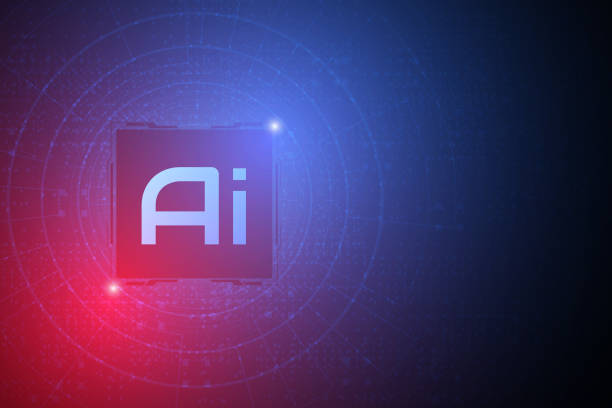
The future of AI robots is very bright and full of potential.
With the increasing advancement of technology, robots are expected to become smarter, more capable, and more independent.
In the future, robots will be able to perform more complex tasks, operate in more diverse environments, and interact with humans more naturally.
AI robots can create major transformations in various fields such as healthcare, education, industry, customer service, and agriculture.
In healthcare, robots can help diagnose diseases, perform surgeries, and care for patients.
In education, robots can serve as private tutors and personal trainers to help students.
In industry, robots can help perform dangerous and difficult tasks, increase productivity, and reduce costs.
In customer service, robots can help provide fast and efficient service to customers.
And finally, in agriculture, robots can help collect data, intelligent irrigation, and harvest crops.
In short, the future of AI robots is full of new and exciting opportunities, and this technology is expected to play an important role in our lives.
Challenges Facing the Development of AI Robots
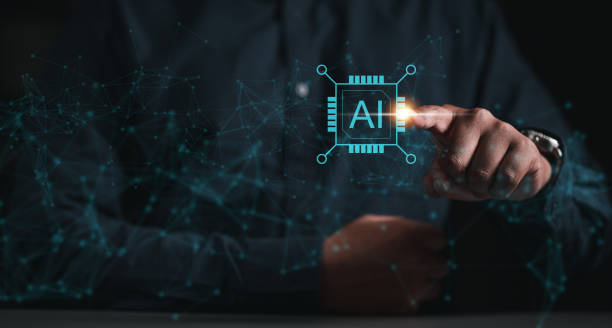
The development of AI robots faces numerous challenges.
One of these challenges is ethical issues related to the use of robots.
For example, how can we ensure that robots make fair and equitable decisions, and how can we prevent the misuse of robots? Another challenge is security issues related to robots.
How can we prevent robots from being hacked and used for malicious purposes? Also, the development of AI robots requires investment in research and development, training of specialized human resources, and the creation of appropriate infrastructure.
In addition, another challenge is the public acceptance of robots.
Many people are hesitant to use robots in their daily lives and are concerned that robots will replace their jobs.
To overcome these challenges, there is a need to talk transparently about the advantages and disadvantages of using robots, and to ensure that robots are developed and used responsibly and ethically.
In addition, governments and organizations must adopt policies that support the training and employment of human resources and help people prepare for the changes caused by automation.
The Role of AI Robots in Our Daily Lives
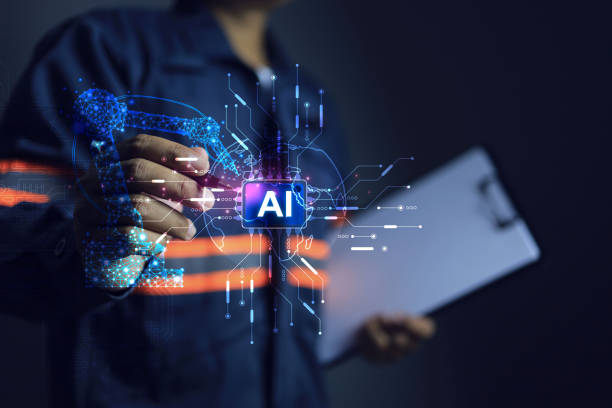
#AI robots are gradually infiltrating our daily lives.
Their applications include the use of #chatbots in customer service, the use of #domestic robots for cleaning and home maintenance, and the use of #medical robots for patient care.
Robots can help us perform everyday tasks, save us time and energy, and improve our quality of life.
For example, domestic robots can help us clean the house, cook, and care for children.
Medical robots can help us take care of our health, diagnose diseases, and receive appropriate treatment.
Educational robots can help us learn new concepts, strengthen skills, and advance in education.
And service robots can help us with administrative tasks, paying bills, and booking tickets.
In short, AI robots have the potential to make our lives easier, more comfortable, and more fulfilling.
| Area | Applications |
|---|---|
| Domestic | Cleaning, cooking, childcare |
| Medical | Disease diagnosis, patient care |
| Educational | Learning concepts, strengthening skills |
Difference Between AI Robots and Ordinary Robots

The main difference between AI robots and ordinary robots is the level of intelligence and their ability to learn and adapt to new situations.
Ordinary robots are usually programmed to perform specific tasks repetitively and without change.
They cannot learn from their experiences, make new decisions, or cope with unexpected situations.
In contrast, AI robots, using machine learning algorithms, are able to learn from data, recognize patterns, and make decisions based on them.
AI robots can operate in complex and dynamic environments, adapt to new situations, and perform their tasks independently.
In other words, ordinary robots are more like automatic machines, while AI robots are more like humans.
This fundamental difference enables AI robots to create major transformations in various fields such as healthcare, education, industry, and customer service.
#Intelligent robots, with their learning power, offer better performance over time.
Tired of losing customers due to poor online store design? With Rasaweb, solve this problem forever!
✅ Increase sales and visitor-to-customer conversion rate
✅ Smooth and attractive user experience for your customers⚡ Get a free consultation
How to Design and Build an AI Robot
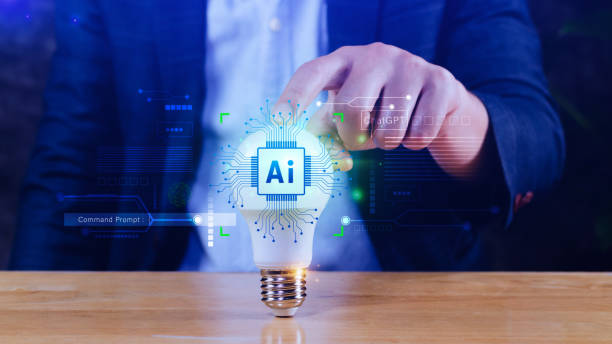
Designing and building an AI robot is a complex and multi-stage process that requires expertise in various fields such as robotics, artificial intelligence, electronics, and software.
The first step in designing a robot is to determine the robot’s purpose and application.
It must be specified what tasks the robot is designed to perform and in what environment it will operate.
The second step is the hardware design of the robot.
In this step, the type of sensors, processors, and actuators that the robot needs must be determined.
Also, the mechanical design of the robot must be such that it can move efficiently in the desired environment and perform its tasks.
The third step is the software development of the robot.
In this step, the necessary artificial intelligence algorithms for the robot must be designed and implemented.
These algorithms can include machine learning algorithms, natural language processing, and machine vision.
The fourth step is the testing and evaluation of the robot.
In this step, the robot is tested in various conditions to evaluate its performance and identify and fix potential problems.
Finally, after completing these steps, the AI robot will be ready for use.
To learn more about robot design, you can participate in [Robotics Training](https://faradars.org/courses/fvrbt97032-introduction-robotics) courses.
Are AI Robots a Threat to Humans?
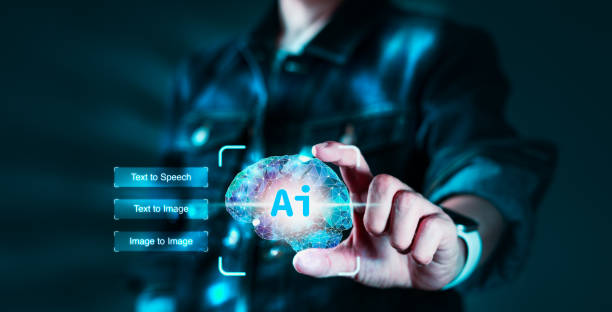
The question of whether AI robots are a threat to humans is one of the controversial and important questions in today’s world.
Some people believe that robots can replace human jobs and lead to increased unemployment.
Others are concerned that robots may get out of control and harm humans.
In contrast, others believe that robots can help humans perform difficult and dangerous tasks and improve the quality of life.
It seems that the answer to this question depends on how robots are developed and used.
If robots are developed and used responsibly and ethically, they can help humans and make life easier for them.
But if robots are used improperly and for malicious purposes, they can harm humans.
Therefore, it is essential that governments and organizations adopt policies that support the responsible and ethical development and use of robots, and prevent the misuse of robots.
#AI robots become dangerous when they fall into the hands of profiteers.
Frequently Asked Questions
| Question | Answer |
|---|---|
| What is an AI Robot? | A robot that uses artificial intelligence capabilities to understand the environment, reason, learn, and make decisions to perform complex tasks independently. |
| What is the main difference between an ordinary robot and an AI robot? | AI robots can learn and adapt to their environment, while ordinary robots usually operate based on fixed and predetermined programs. |
| In what areas are AI robots used? | In areas such as industry (production lines), medicine (robotic surgeries), services (customer support, smart vacuum cleaners), exploration (space and underwater), and entertainment. |
| How do AI robots learn? | They acquire new skills through machine learning and deep learning algorithms by analyzing large data and identifying patterns. |
| Can AI robots have emotions? | Currently, no. They can identify or simulate emotions, but they do not have the actual experience of emotions like humans. |
| What are the most important advantages of using AI robots? | Increased productivity, reduced human error, performing dangerous or repetitive tasks, and providing innovative and efficient services. |
| What challenges exist in the development of AI robots? | The need for abundant and high-quality data, the complexity of algorithms, ethical issues, cyber security, and high research and development costs. |
| Are AI robots dangerous to humans? | No, with the observance of safe design principles and ethical regulations. Concerns are more related to social and economic impacts such as changes in the labor market. |
| What is an example of an AI robot in everyday life? | Smart vacuum cleaner robots (such as Roomba) that automatically map and clean the house, or smart voice assistants (such as Siri and Alexa). |
| How is the future of AI robots predicted? | They are expected to become smarter, more autonomous, and capable of more complex interactions with humans and play a more prominent role in industry, medicine, transportation, and everyday life. |
And other services of Rasa Web advertising agency in the field of advertising
Smart advertising campaign: A fast and efficient solution for analyzing customer behavior with a focus on intelligent data analysis.
Smart digital branding: An effective tool to increase site visits by using real data.
Smart brand identity: A professional solution for analyzing customer behavior with a focus on accurate audience targeting.
Intelligent data analysis: Transform the click-through rate with the help of dedicated programming.
Smart direct marketing: Professional optimization to increase sales using dedicated programming.
And more than hundreds of other services in the field of internet advertising, advertising consulting, and organizational solutions
Internet advertising | Advertising strategy | Advertorial
Sources
What is Artificial Intelligence?
,Artificial Intelligence on Wikipedia
,Intelligent Robot?
,Artificial Intelligence at Tarbiat Modares University
? Transform your business in the digital world with Rasaweb Afarin. From secure and professional website design to SEO and targeted content marketing, we offer comprehensive solutions for your success.
📍 Tehran, Mirdamad Street, next to the Central Bank, South Kazerun Alley, Ramin Alley No. 6
“`


